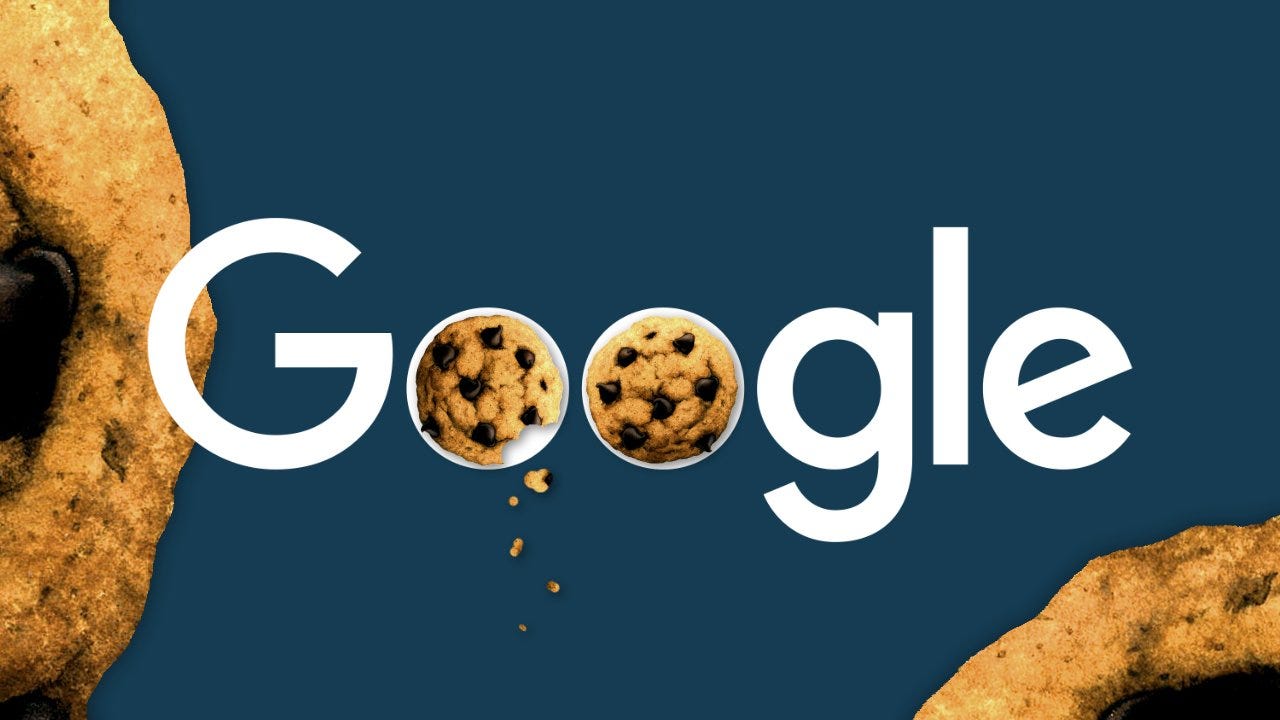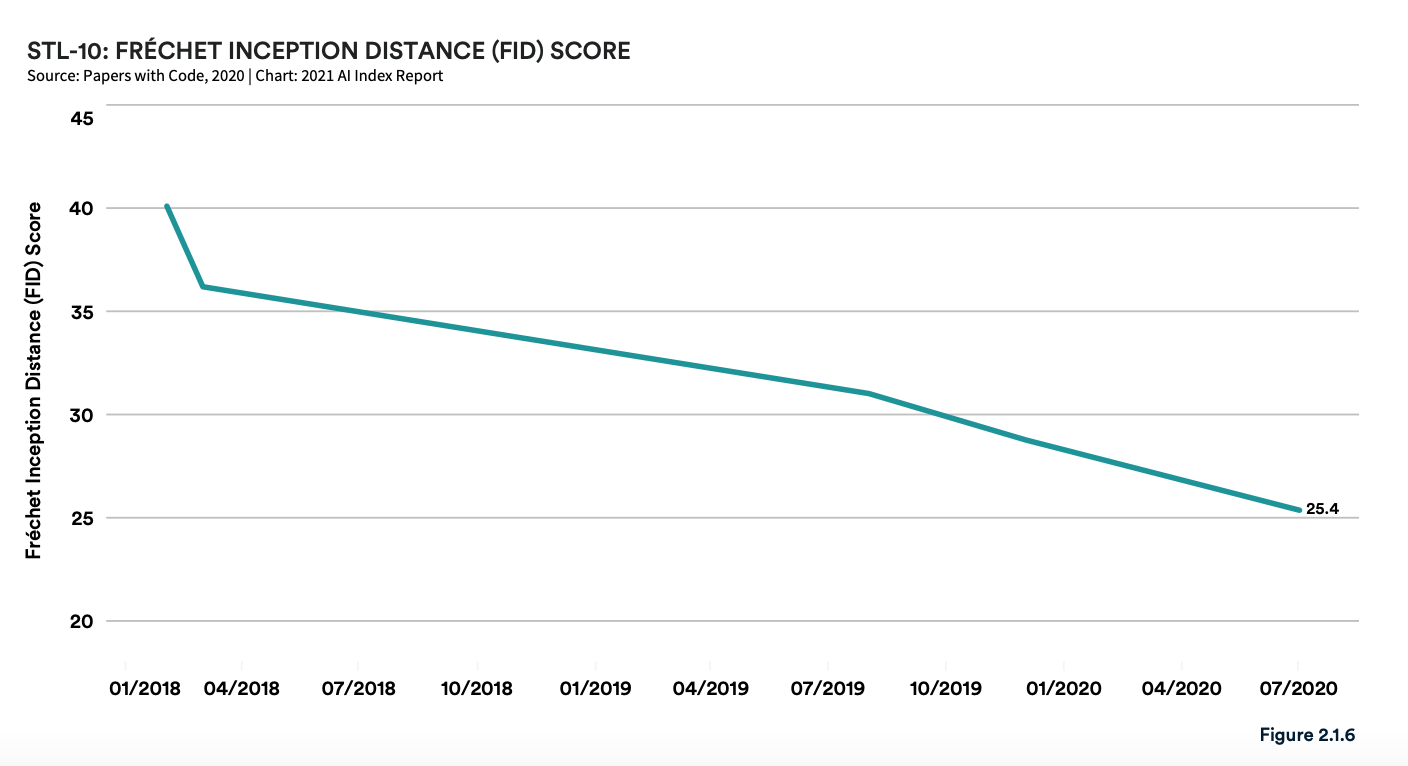Thought for the week 💭
The (unintended) consequences of a tracking free internet
[4-minute read]
The death of user-tracking is imminent. First came the cookiepocalypse. Firefox, Safari and Chrome consecutively announced that they will block third-party cookies in their browsers. This means that it will no longer be possible for advertisers to track what a user does across different websites - making it more difficult to deliver personalised ads across the web.
Apple later announced that it will introduce significant changes to app tracking (known as ATT). This will come into force in Spring 2021. ATT will require developers to ask for user permission when they use personal data from other companies’ apps and websites for advertising purposes (even if they already have user consent). Many tests show that most users won’t agree. This will significantly impede advertisers ability to deliver personalised ads on iOS.
Google added further fuel to the fire last week by announcing thatit will not roll out any alternative user-level ad identifiers to replace third-party cookies. What’s more, Google also implied that other cookie-substitutes being proposed across the industry (e.g. PII graphs based on email addresses) will not pan out due to “rising consumer expectations” and “rapidly evolving regulatory restrictions”.
In essence, Google is suggesting that this will be the end of cross-site user-level identification and targeting on the internet. They expect this to be replaced by group-level identification and targeting via a system such as FLoC… although privacy experts suggest that this is no better than the current system.
Given the centrality of advertising, these changes are likely to have a profound impact on the structure and behaviour of the internet economy. Here are the two main consequences that I believe will materialise over the coming years.
1. ↑ Consolidation
I am a strong proponent of user privacy on the internet. In fact, I believe that our heavy reliance on personalised advertising is (as Marc Andreessen puts it), the original sin of the internet. In this regard, I believe that the direction of travel is positive.
However, I believe that the sudden u-turn in user-tracking will create negative externalities.The main negative consequence will be the consolidation of internet revenues. This will occur on both the supply and demand side of the market. The big will get bigger. Competition will suffer.
Supply-side: If you can only target users based on first-party data, then the companies with the most first-party data do best. ‘Walled gardens’ like Google search, Facebook, Amazon, and other large publishers with extensive first-party relationships will be the big winners of a third-party cookie ban. These companies will continue to advertise with little disruption due to the fact that they own rich user information via first-party cookies.
Despite only garnering one-third of the time consumers spend online, Google and Facebook generate >$80bn in ad revenues - over two-thirds of all digital ad dollars. This is precisely because of their existing data advantage. In the absence of third-party cookies, this data gap is likely to widen. In turn, consolidation is likely to increase. The IAB’s Socioeconomic Impact of Internet Tracking report found that if digital tracking ended without a replacement, there would be a shift of between $32 billion and $39 billion of advertising from the open web to the walled gardens by 2025. This would significantly increase consolidation on the supply-side of the market.
Due to the absence of first-party data, smaller publishers will not be able to compete for ad dollars. This will lead to less competition, and by implication, less innovation.
Demand-side: In the absence of user tracking, internet advertising becomes more ineffective. Remarketing becomes impossible. As does accurately measuring conversion. Data from Google Ad Manager shows that ad traffic for users without cookies yielded an average of 52% less revenue.
All things equal, the increasing ineffectiveness of internet advertising will disproportionately impact smaller and/or earlier-stage companies. Firstly, these companies are more reliant on new customer acquisition (as opposed to maintaining relationships with existing customers). Secondly, these companies have more stringent requirements with regards to ad unit economics. Whereas larger companies can leverage advertising for long-term brand building, smaller players generally use advertising for immediate user acquisition purposes. Some of these companies are extremely sensitive to changes in their CAC:LTV ratio. Lack of effective user-tracking will likely negatively impact this ratio. For many young companies, internet advertising may no longer be a feasible growth channel. This creates a barrier to entry for many internet startups. The outcome? Less competition + more consolidation.
2. ↓ Behavioural advertising = ↑ Contextual advertising
Contextual targeting uses people’s interests, location or other preferences to target advertising to them. This entails delivering ad content that is tailored to the content of the site, rather than the individual user. This is in contrast to behavioural targeting, which uses websites visited, links clicked on, time spent on page and other metrics collected via cookies.
Until a decade ago, contextual targetting was the dominant model of advertising on the internet. As programmatic advertising technologies advanced, the value of contextual advertising declined. However, in the absence of user-level tracking, contextual advertising is likely to make a comeback.
The key beneficiaries of this shift are publishers with niche audiences and/or highly focussed content. ‘Generalist’ media will likely suffer due to an inability to effectively deliver contextual ads.
The shift towards contextual advertising will also benefit new media channels. For example, connected TV, podcasts, newsletters and games all deliver “contextual content”. As such, they are likely to benefit from the shift in ad dollars towards this medium. A few startups making moves in this space include Podsights (SG portfolio company), Admix and 4D Sight.
Concluding thoughts
The internet economy will adapt to this new paradigm over time. In the near-term, this will, unfortunately, be to the detriment of competition and smaller companies.
However, there is hope. My bet is on the growth of microtransactions (facilitated by cryptocurrencies). This will be the topic of next week’s post.
News from this week 🗞
Gaming 🎮
Roblox soared in its market debut on the New York Stock Exchange on Wednesday. The company’s stock closed at $69.50. giving the company a market cap of $38.26 billion. Link
Epic Games buys photogrammetry software maker Capturing Reality. Terms of the deal weren’t disclosed. Photogrammetry involves stitching together multiple photos or laser scans to create 3D models of objects that can subsequently be exported as singular files. Link
Audio 🎧
Songclip raises $11M to bring more licensed music to social media. The startup has created an API that, when integrated with other apps allows users to search for and share music. The Founder said that like Giphy, Songclip plans to popularise a new media format — the short audio clip — and make it accessible across a wide range of services. Link
Video 📹
Whatnot raises $20M for its live-streaming platform built for selling Pokémon cards and other collectables. Think of something along the lines of a TV shopping network, but swap out the studios and camera crews for folks at home with iPhones selling to an audience of fellow collectors. The concept had already proven popular in China and was starting to gain traction amongst buyers of collectables in the U.S. But a good chunk of those U.S. live-streams were happening on Instagram Live, which isn’t really built for things like bidding or handling payments after a sale occurs. Link
Daily raises $15M Series A for its real-time video platform. Over the past year, Daily saw around a 20x increase in the number of paying customers and a 30x increase in revenue, it says. With Daily’s platform, developers can either use a prebuilt UI to integrate video calls into their products with just two lines of code, or they can opt to build out their own custom video UI and UX. Link
Detail raised a $2 million pre-seed round led by Connect Ventures to turn your phone into a software-optimized camera app for live video. The startup wants to make it easy to use the phone that you have in your pocket with the live-streaming platform that you already use, such as Zoom, Google Meet, Twitch, Hopin or YouTube Live. Link
Mentorcam announced today it has raised $1.4 Million in pre-seed funding. Mentorcam is a video messaging platform designed to help consumers get advice from notable experts. The platform connects people who are looking for personal advice with subject-matter experts who are otherwise difficult to access. The platform enables users to ask personal or business questions, seek advice, or get help building motivation, and receive personalized video responses from a number of experts in a variety of fields. Link
Other 🤷♂️
BuzzFeed is reportedly in talks to go public through a merger with 890 5th Avenue Partners, a special purpose acquisition company, according to Bloomberg. Link
Stream.io Inc. has raised $38 million in its Series B round as it prepares to continue a hiring spree to support its automated chat app software platform. Stream.io develops software that other app makers use to create automated chat apps that can provide customer service without the need of a human representative. Link
Arist extended its seed round to $3.9 million after adding $2 million to its prior raise. Arist sells software allowing other organizations to offer SMS-based training to staff. Link
Preply a Spain-based tutoring marketplace for language learning has raised a $35 million Series B funding. The raise comes nearly a year after the company landed a $10 million Series A. Link
Capsule, a nascent, Paris, France-based outfit working on a decentralized social media platform (to navigate around possible censorship), has raised $1.5 million in funding led by Beacon Fund. Nadim Kobeissi, a cryptography researcher, founded the company. Link
Interesting data from this week 📈
One way to measure progress in image generation is via a technique called Fréchet Inception Distance (FID), which roughly correlates to the difference between how a given AI system “thinks” about a synthetic image versus a real image, where a real image has a score of 0 and synthetic images that look similar have scores that approach 0.
The chart above shows the progress of generative models over the past two years at generating convincing synthetic images in the STL-10 dataset, which is designed to test how effective systems are at generating images and gleaning other information about them.
Source: Stanford AI Index
Thank you for reading ✌️



